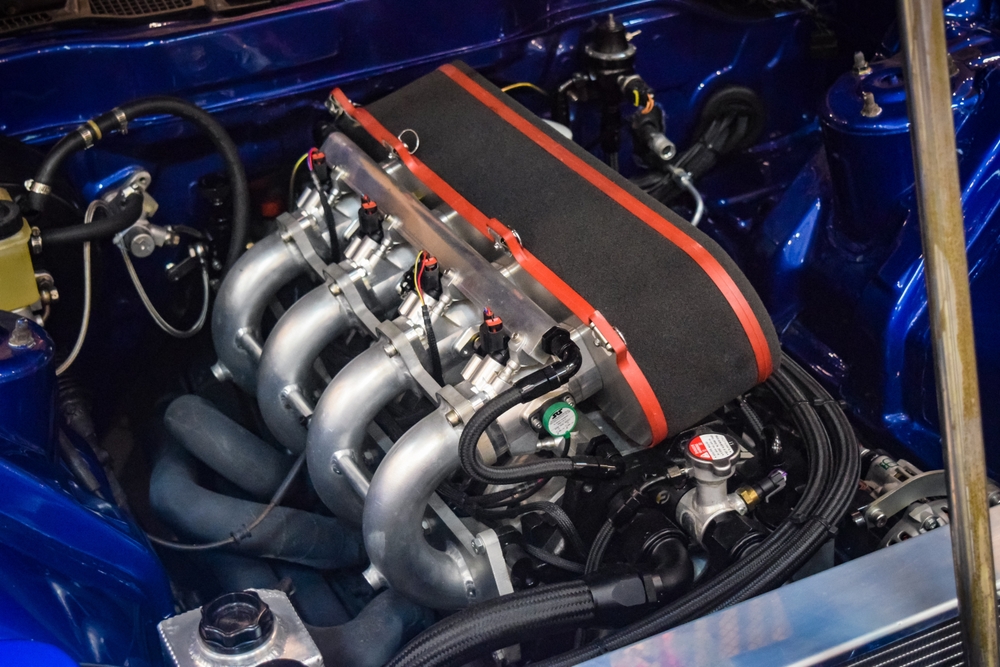Decoding the Secrets of Automotive Performance Tuning
Automotive performance tuning has long been the secret sauce of car enthusiasts seeking to squeeze every ounce of power and handling from their vehicles. But what exactly goes on under the hood when a car is tuned? This deep dive into the world of performance tuning uncovers the intricate balance of science, engineering, and artistry that transforms ordinary vehicles into extraordinary machines. From computerized engine management to custom suspension setups, we'll explore how modern tuning techniques are pushing the boundaries of automotive performance.

Forced Induction: Supercharging vs. Turbocharging
Forced induction systems are a staple in the performance tuner’s toolkit. While turbocharging has become increasingly common in factory vehicles, superchargers offer a different approach to boosting engine output. Superchargers, which are mechanically driven by the engine, provide instant throttle response and linear power delivery. In contrast, turbochargers, driven by exhaust gases, can offer higher peak power but may suffer from lag. The choice between the two often comes down to the specific application and desired power characteristics.
Suspension Tuning: Finding the Perfect Balance
A powerful engine is only part of the equation in performance tuning. Suspension tuning plays a crucial role in translating that power to the road and enhancing overall handling. Lowering springs, adjustable coilovers, and sway bars are just a few components that tuners use to dial in a vehicle’s ride and handling. The goal is to find the optimal balance between comfort and performance, taking into account factors such as spring rates, damping, and geometry. Advanced tuners even employ data logging and telemetry to fine-tune suspension setups for specific tracks or driving conditions.
The Role of Aerodynamics in Performance
While often overlooked by casual enthusiasts, aerodynamics play a significant role in high-performance vehicles. Tuners employ a variety of techniques to manipulate airflow around the vehicle, reducing drag and increasing downforce. Custom front splitters, rear diffusers, and strategically placed wings can dramatically improve a car’s stability at high speeds and cornering ability. However, effective aerodynamic tuning requires a deep understanding of fluid dynamics and often involves extensive wind tunnel testing or computational fluid dynamics simulations.
Weight Reduction: The Ultimate Performance Enhancer
In the world of performance tuning, less is often more when it comes to weight. Reducing a vehicle’s mass improves acceleration, braking, and handling across the board. Tuners employ various strategies to shed pounds, from swapping out heavy factory components for lightweight alternatives to completely stripping interiors in track-focused builds. Carbon fiber body panels, polycarbonate windows, and titanium exhaust systems are just a few examples of weight-saving measures. However, weight reduction must be balanced with safety considerations and practical usability, especially in street-legal vehicles.
The Future of Performance Tuning
As automotive technology continues to evolve, so too does the landscape of performance tuning. The rise of electric vehicles presents new challenges and opportunities for tuners. While traditional engine tuning may become less relevant, areas such as battery management, motor control algorithms, and thermal management systems offer new frontiers for performance optimization. Additionally, advancements in materials science and manufacturing techniques, such as 3D printing, are opening up new possibilities for creating custom performance parts with unprecedented precision and efficiency.
Balancing Performance and Emissions
In an era of increasing environmental awareness and stricter emissions regulations, performance tuners face the challenge of maximizing output while minimizing environmental impact. This has led to innovations in catalytic converter technology, exhaust gas recirculation systems, and even water injection to reduce emissions without sacrificing performance. Some tuners are even exploring the potential of alternative fuels like hydrogen or synthetic fuels to push the boundaries of clean, high-performance motoring.
The Human Element in Tuning
Despite the increasing role of technology in performance tuning, the human element remains crucial. Experienced tuners bring a combination of technical knowledge, intuition, and creativity to their craft. They must interpret data, understand the nuances of different vehicle platforms, and often think outside the box to solve unique challenges. This blend of art and science is what separates truly exceptional tuned vehicles from those that merely look good on paper.
In conclusion, automotive performance tuning is a multifaceted discipline that continues to evolve with technology and regulations. From engine remapping to aerodynamics, weight reduction to suspension tuning, each aspect plays a vital role in extracting maximum performance from a vehicle. As we look to the future, the principles of tuning will undoubtedly adapt to new propulsion technologies and materials, ensuring that the pursuit of automotive excellence remains as exciting and innovative as ever.





